Beware of the sealions (‘cuidado lobos marinos’) declares the sign at Valdivia fish market, which stretches along the docks in this southern Chilean city. And it’s no joke either, as a large clan of these creatures has set up stall in the estuary beneath the fish market, ready to feast on the daily pickings cast over the sea rail.
We are not here, however, to admire the sealife; or to see how the city has recovered from the devastation of past earthquakes. Instead, Valdivia is our gateway to the volcanoes of southern Chile; the chain of snow-capped mountains that adorn the landscape for over a thousand kilometers south from Santiago, like a trail of giant milk chocolate Hershey’s kisses.
For the past few years, we have been piecing together the trace of past eruptions from some of these volcanoes by scouring the landscape for layers of ash and pumice deposited long ago, and now buried deep in the soil. This time, the target is Mocho Choshuenco, a twin-peaked volcano that looms majestically over lakes Panguipulli and Rinihue.
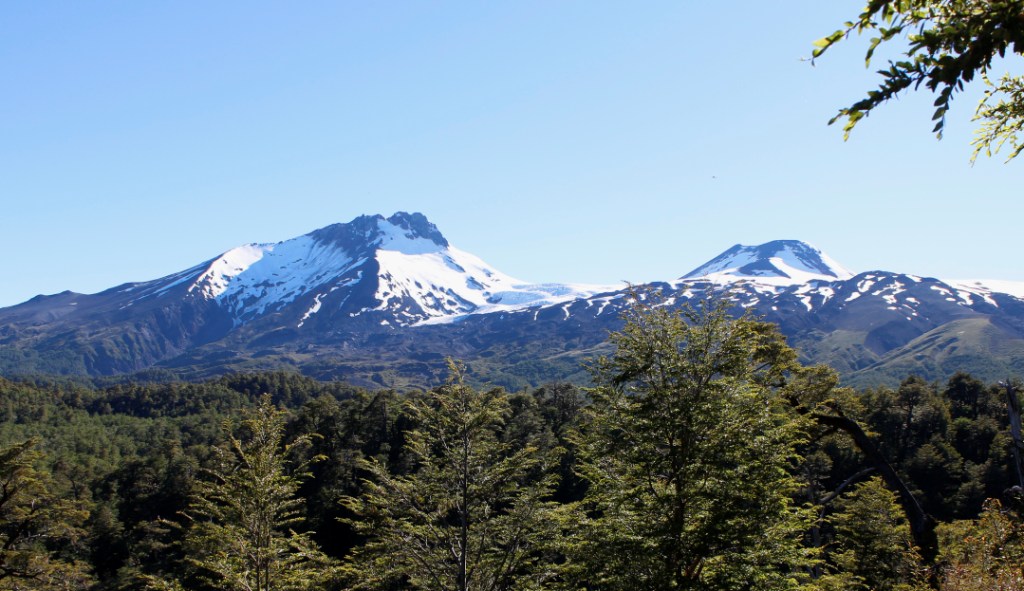
Volcan Mocho Choshuenco, Chile. Choshuenco, to the left, is probably no longer active. Mocho, to the right, last erupted in 1864.
Mocho, the younger part of the volcano, is last known to have erupted in 1864 and has shown no signs of activity since. This is not at all unusual for these volcanoes –which have lifetimes of hundreds of thousands of years, and where the intervals between eruptions can often stretch from decades to centuries. But it is the past activity of Mocho that we are looking for. Earlier work by colleagues from the Chilean geological survey suggests that there may have been two or three ‘large’ eruptions in the past 10,000 years, as well as numerous, undocumented smaller events. We plan to track down the deposits of these eruptions wherever we can find them – and this usually means buried deep within the rich soils of the temperate rain forests of the region. Rather than excavating pits ourselves, we rely either on nature (erosion) or human activity to expose the pumice in road-side cuttings. A little bit like the sealions, perhaps, reliant on the pickings of the day.
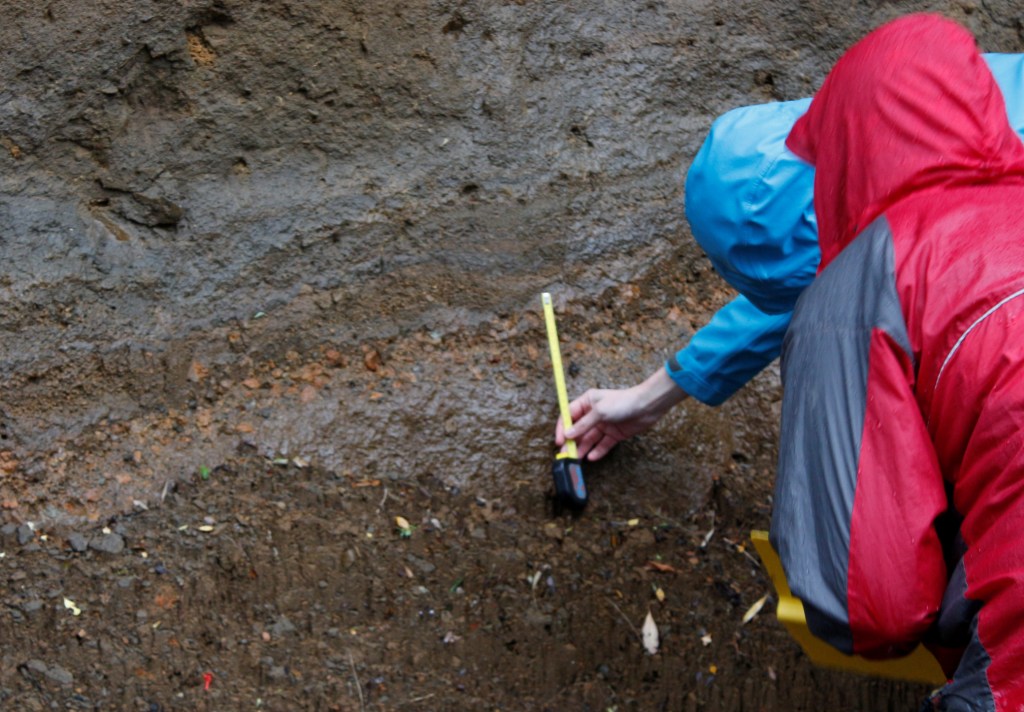
Karen Fontijn and Harriet Rawson measure up an ancient pumice deposit – the orange layer – in a road cut.
This is only the first step in the detective work, because to identify which eruption the pumice has come from we need to collect samples for chemical analysis. In southern Chile, this is easier said than done – as the several metres of rain annually, and the warm summer temperatures, leave ten thousand year old pumices with the consistency of warm butter. Over the next few days of this field season, we will be completing the first stages of this work, and starting to put together a time-line of the past eruptions for which we can find a trace.

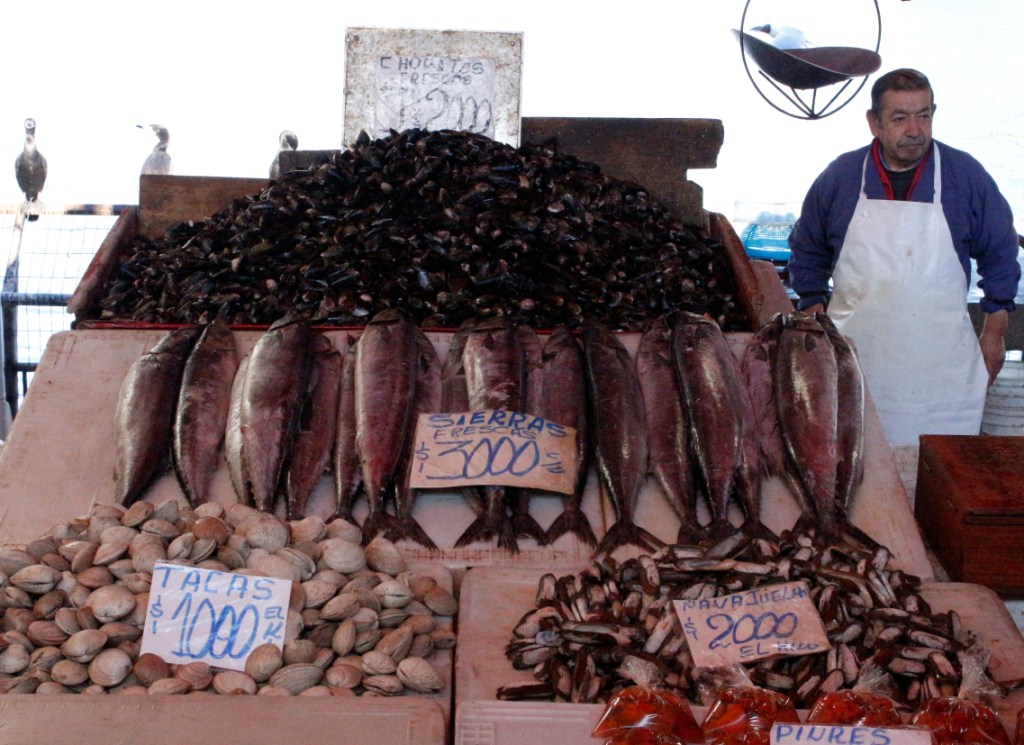
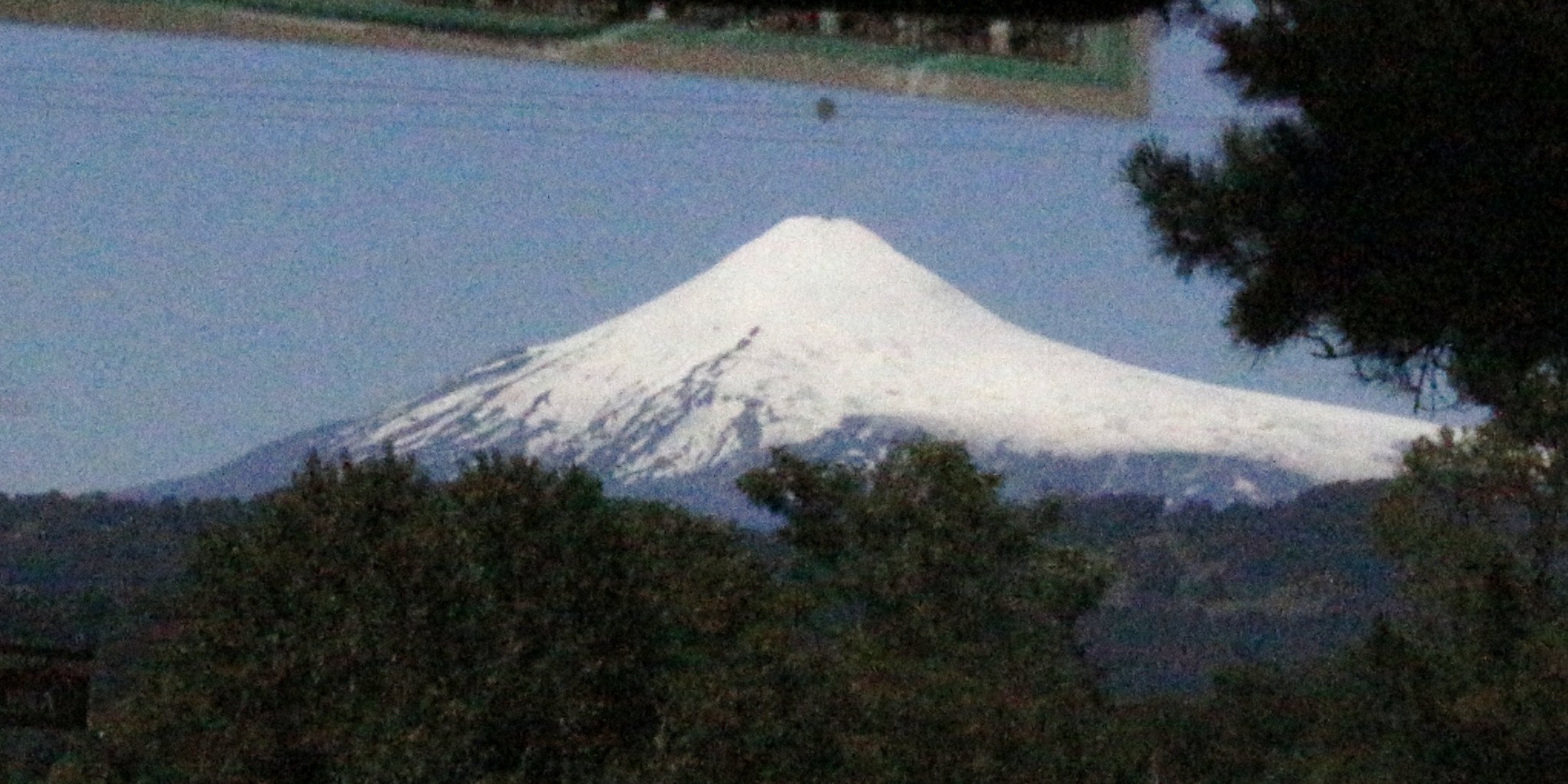
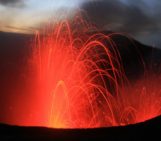
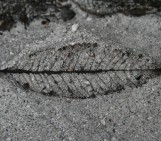
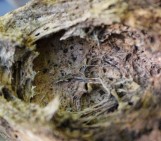
Pingback: Field report: Pumice « volcanicdegassing